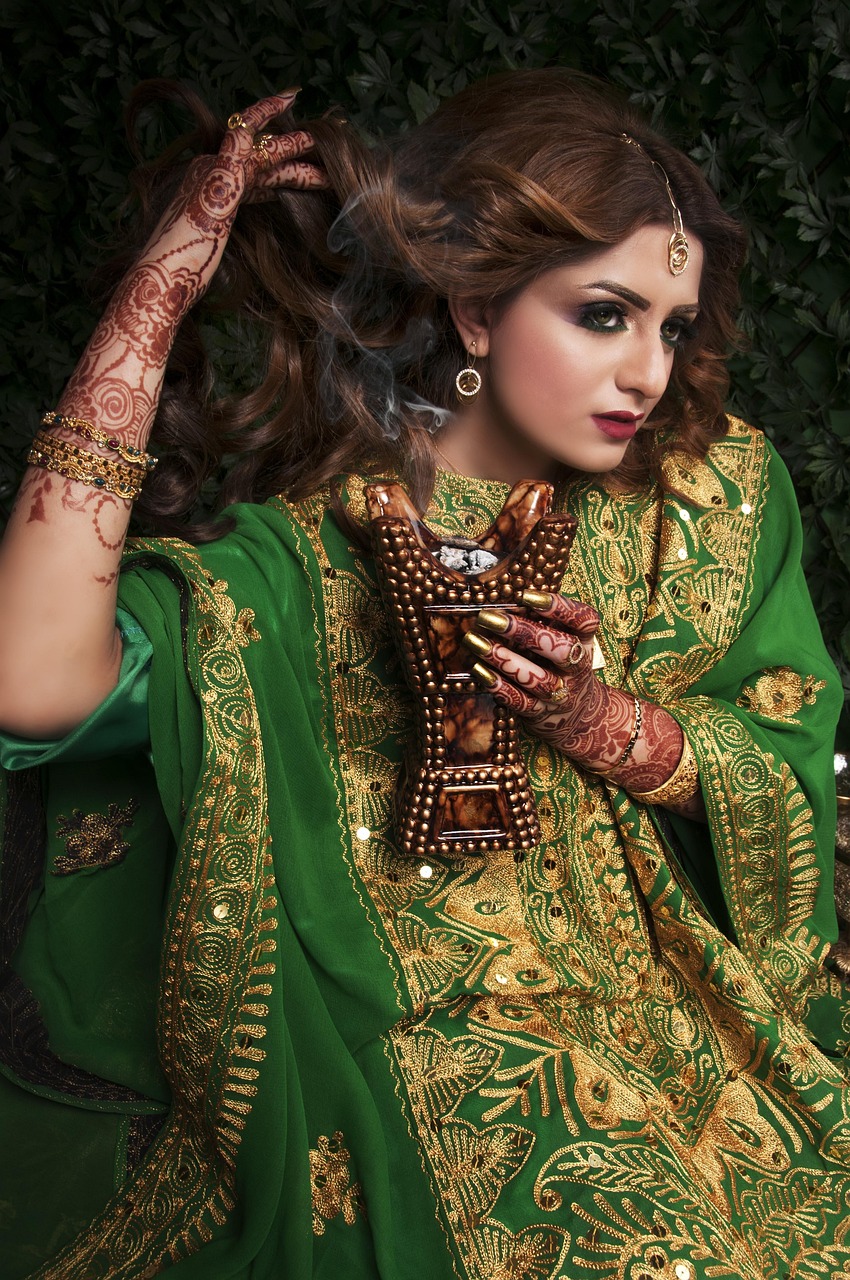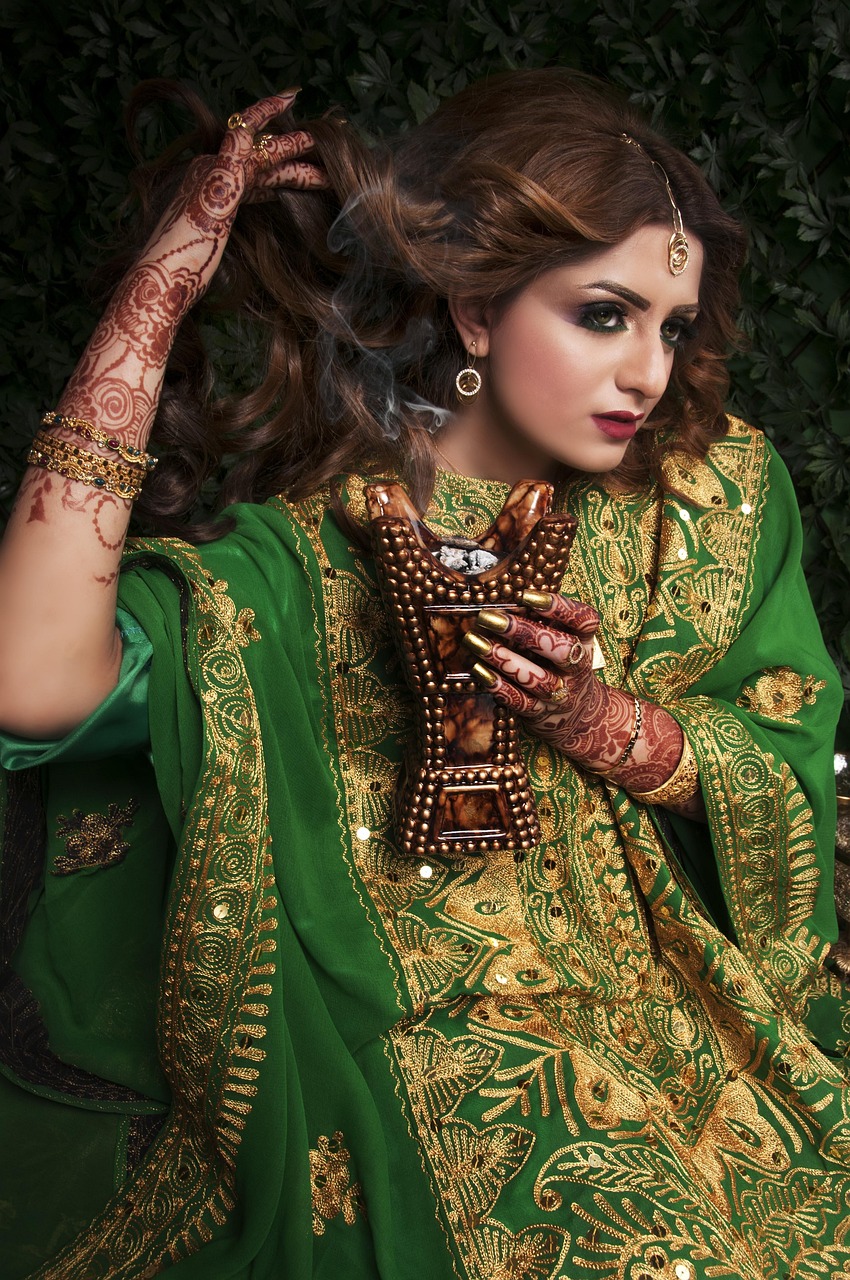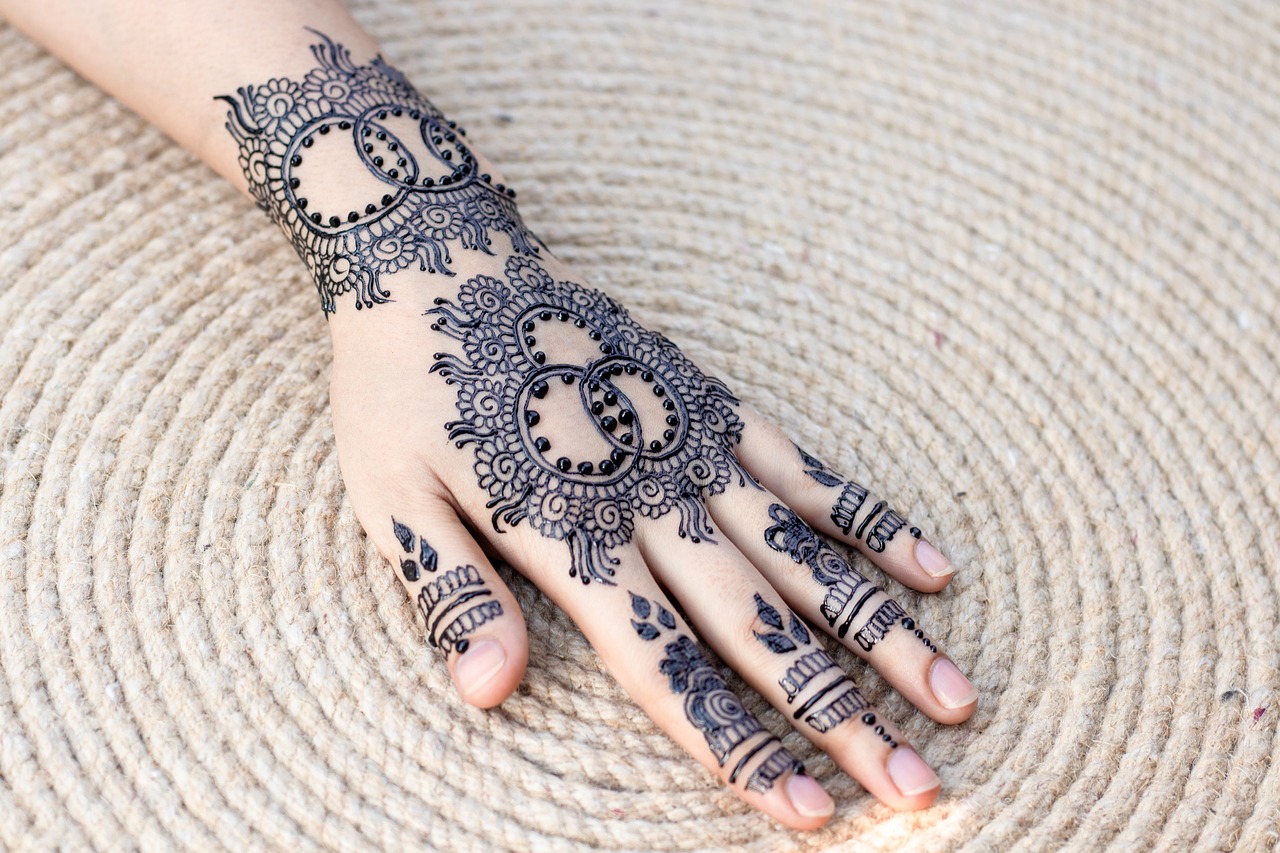Hatho Ki Mehndi Design: Stunning Patterns to Adorn Your Hands
Mehndi has been an integral part of traditional celebrations, especially in South Asian cultures. Among its many forms, “Hatho Ki Mehndi Design” stands out, with intricate and beautiful patterns meant to accentuate the beauty of hands. Whether it’s for weddings, festivals, or special occasions, these designs are timeless. In this blog, weâll explore different aspects of hatho ki mehndi design, offer useful tips, and address some commonly asked questions.
The Art of Hatho Ki Mehndi Design: An Overview
Hatho ki mehndi design, which translates to “mehndi designs on hands,” is more than just body artâitâs a cultural expression. These designs range from simple floral patterns to elaborate motifs that cover the entire hand. The diverse styles cater to personal preferences and the nature of the occasion.
What Are the Popular Styles of Hatho Ki Mehndi Design?
Some of the most preferred styles include Arabic, Indian, and Moroccan mehndi designs. Arabic styles are characterized by bold, flowy motifs, while Indian designs often include intricate details like peacocks and paisleys. Moroccan designs, on the other hand, bring a geometric twist to traditional patterns.
Did You Know?
According to a report by Statista, the global mehndi (henna) market continues to grow steadily due to its increasing popularity at weddings and festivals worldwide.
Choosing the Right Mehndi Design for Different Occasions
When selecting a hatho ki mehndi design, the occasion plays a crucial role. Bridal designs tend to cover both hands completely, featuring small details, while designs for festivals like Eid are often simpler and quicker to apply.
Are There Quick Hatho Ki Mehndi Designs for Beginners?
Yes! If you’re a beginner or short on time, opt for minimalistic designs. Patterns such as thin vines, small flowers, or mandala motifs focus on simplicity while still looking elegant.
Case Study: A Mehndi Artistâs Perspective
Expert mehndi artist Sara Mehndi Creations shared that minimalistic designs have become increasingly popular among younger women. These are easy to apply and look chic for casual and semi-formal events.
Essential Tips for Long-Lasting Mehndi Stain
Getting a deep and dark mehndi stain isn’t just about the quality of henna but also how you care for it. Here are some expert tips to enhance the stain for your hatho ki mehndi design:
- Leave the mehndi on for at least 6-8 hours for the best results.
- Avoid washing your hands immediately after removing the dried paste; instead, use oil to scrape it off.
- Apply a mixture of sugar and lemon juice to your design as it dries to deepen the color.
How Can Skin Type Affect Mehndi Results?
Skin type can influence how long the mehndi stain lasts. For instance, oily skin might not retain the stain as well as dry skin. However, proper preparationâlike washing your hands thoroughly before applicationâcan help improve results.
Pro Tip from Experts
According to renowned mehndi artist Deepti Desai, âFor darker stains, use natural henna without chemicals and avoid washing hands with soap for at least 24 hours after application.â


